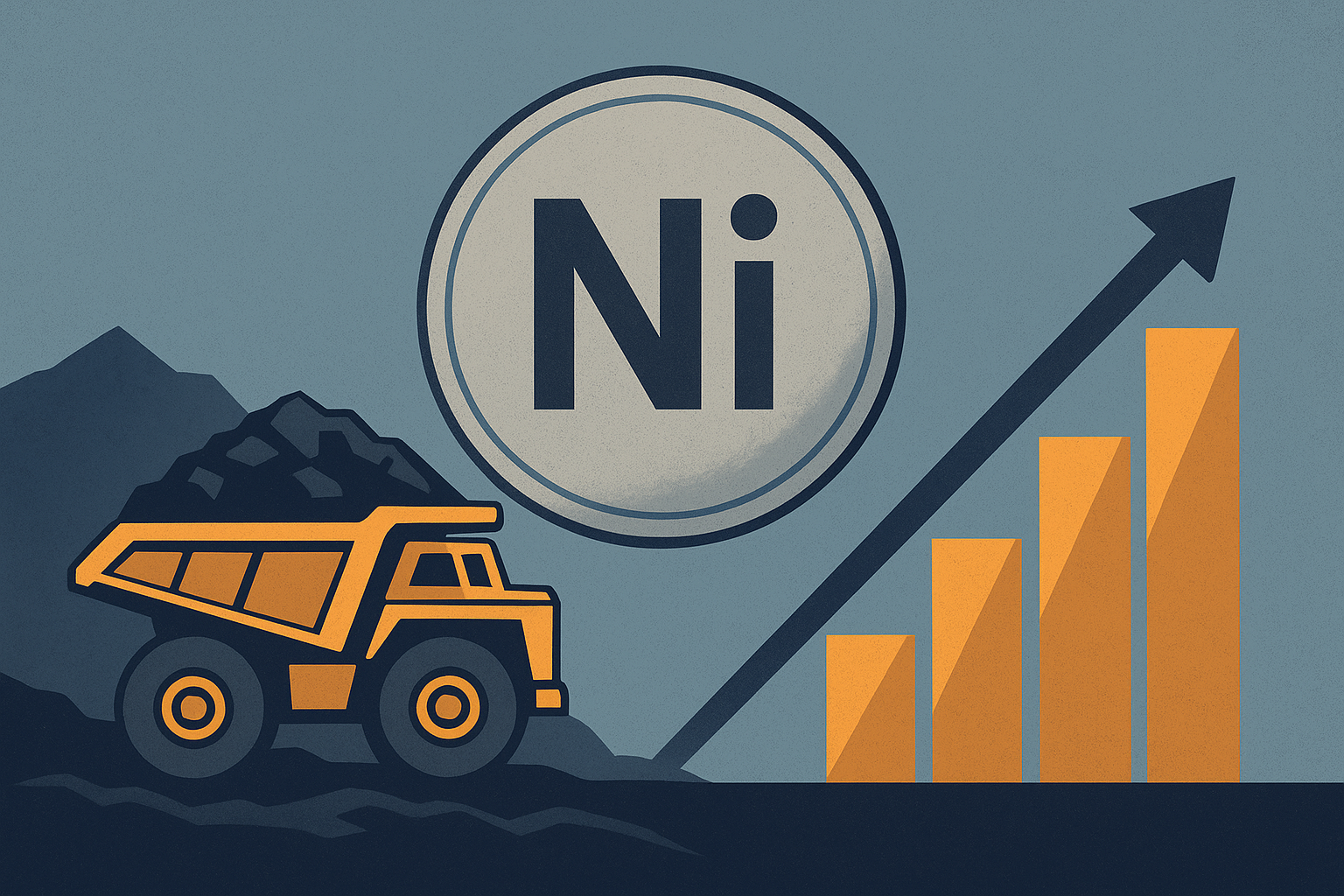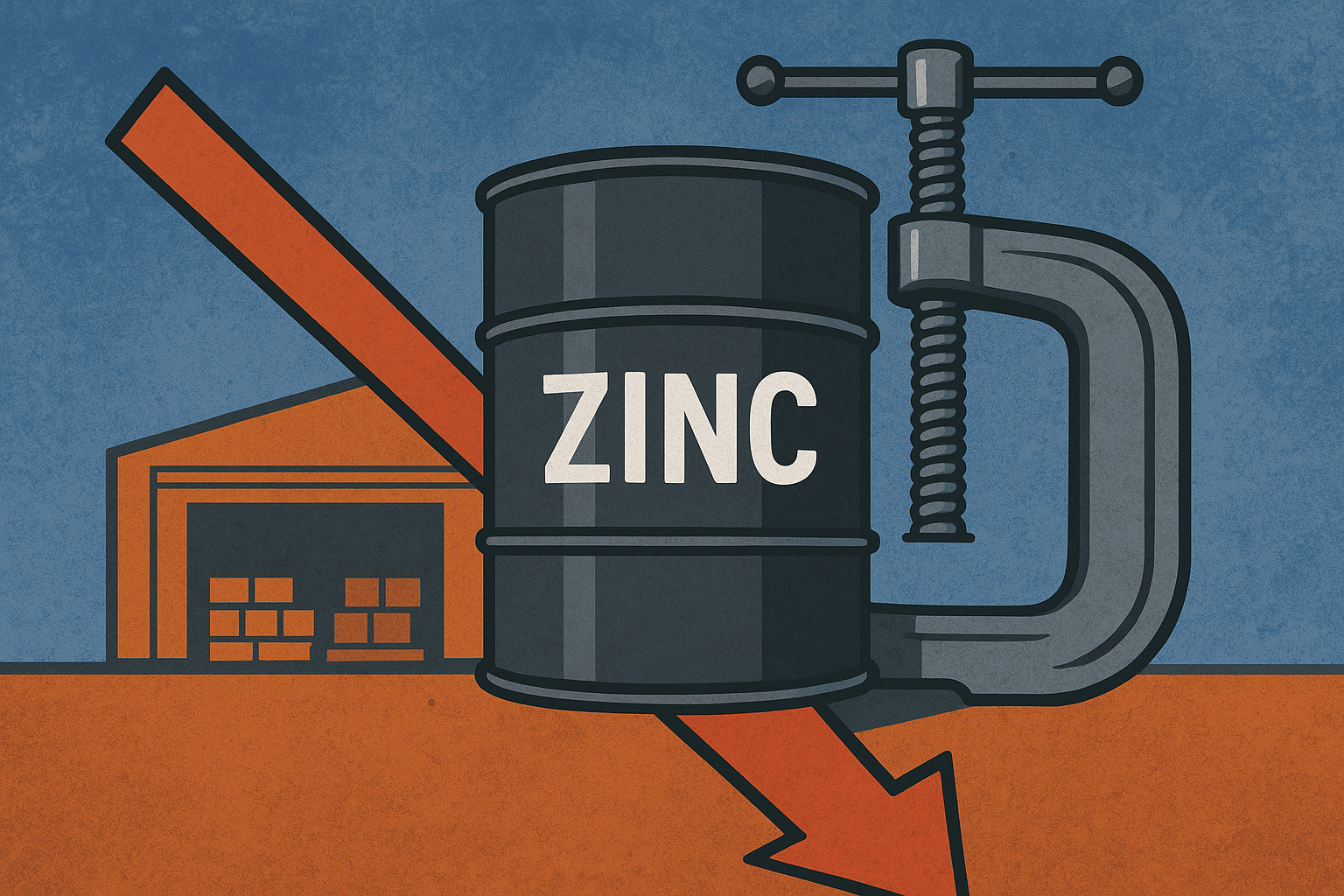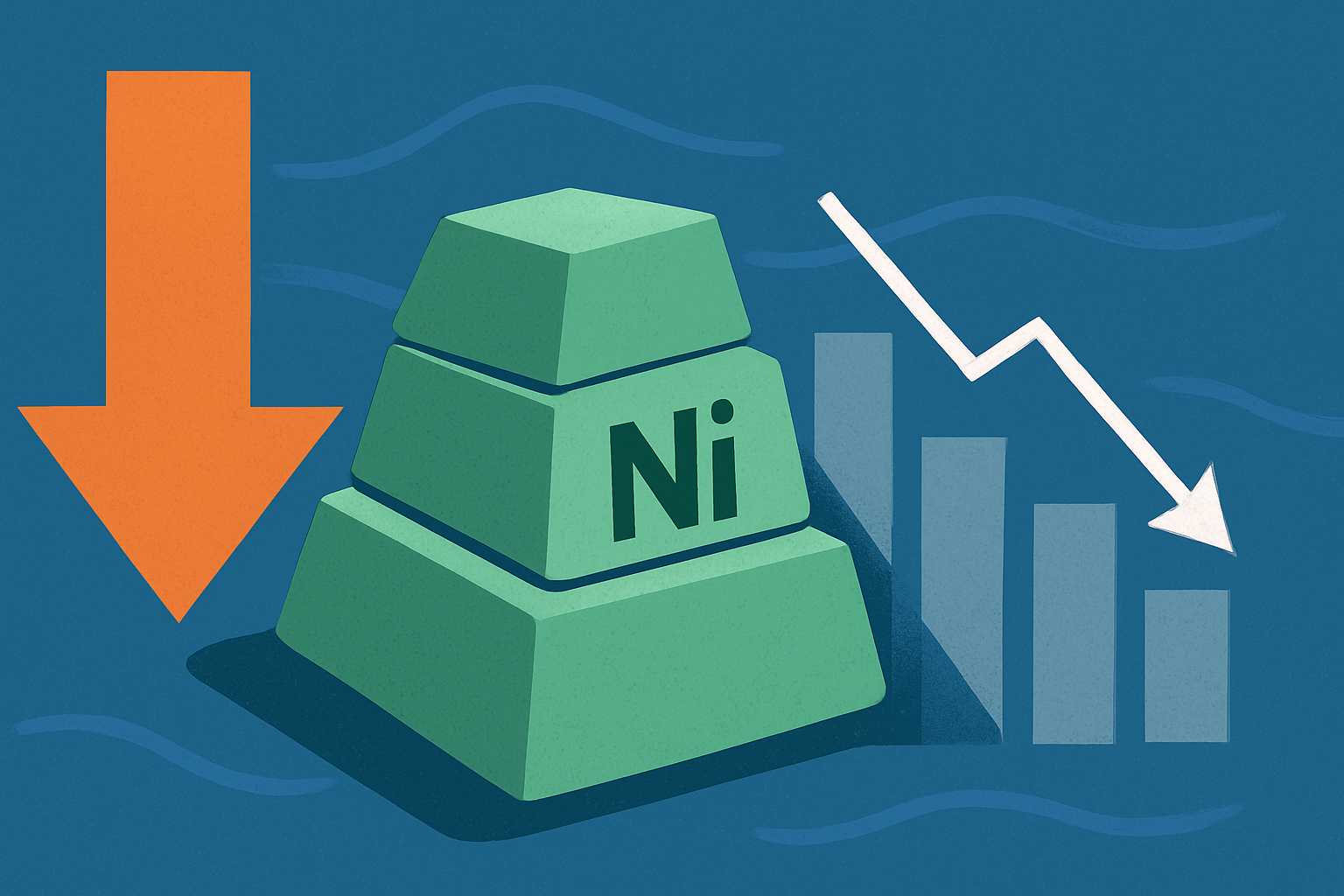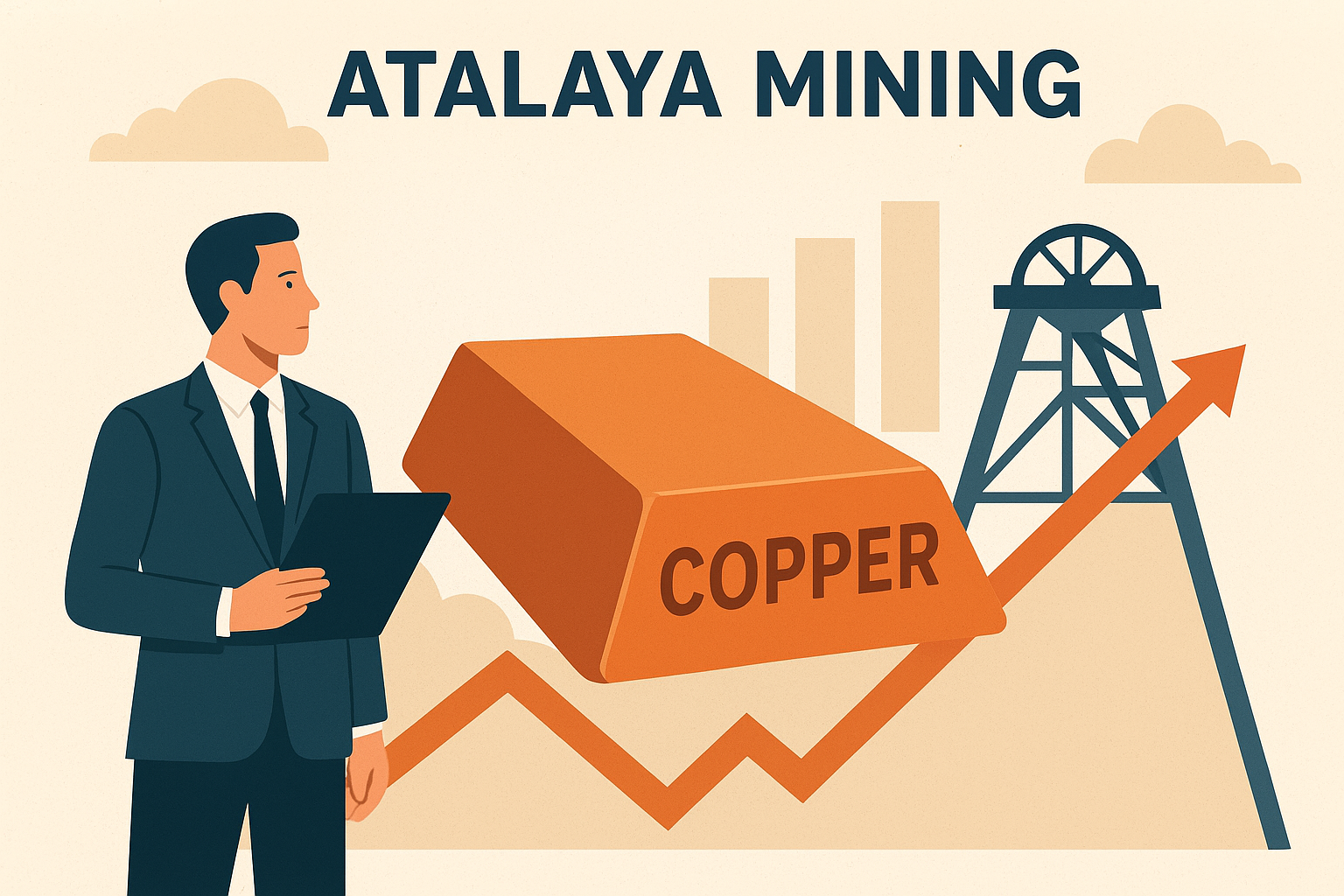As global nickel markets continue to battle volatile prices and supply chain uncertainty, Nickel Mines Limited (ASX: NIC) has delivered a robust Q2 2025 EBITDA of US $86 million, bringing its first-half performance to US $183.6 million. The results, published in the company’s latest presentation and earnings transcript on Investing.com, highlight a resilient mining segment even as refining and trading operations face mounting pressure from softer margins and shifting demand dynamics.
In an environment where battery metals have come under renewed scrutiny due to slowing EV demand growth and oversupply fears, Nickel Mines’ performance offers a glimpse of stability — and a potential value opportunity — for investors tracking the metal’s medium-term fundamentals.
A Nickel Market in Transition
Nickel prices have been under sustained pressure through 2025, hovering around US $16,000–17,000 per tonne — a sharp contrast to the highs above US $25,000 seen during the 2022–2023 energy transition boom. Analysts from Bloomberg Intelligence and Reuters Metals Desk note that the downturn stems largely from surging Indonesian supply, coupled with slower electric vehicle battery adoption in China and Europe.
Despite this challenging backdrop, Nickel Mines’ results show that its core mining operations remain efficient and cost-competitive, even as its RKEF (Rotary Kiln Electric Furnace) division and trading margins softened. The company’s integrated approach — balancing upstream mining and downstream processing — continues to act as a hedge against nickel price volatility.
Why This Matters for Investors
The latest earnings signal an important shift for investors: the strongest nickel producers are now differentiating themselves through operational resilience rather than pure market exposure.
While Nickel Mines’ RKEF operations faced headwinds due to higher input costs and lower realized prices, its mining segment EBITDA margin remained notably stable, driven by strategic cost discipline and localized supply chain efficiencies in Indonesia. According to the company’s Q2 investor presentation, unit cash costs remain below US $10,000 per tonne, providing significant buffer room even if prices soften further.
“Producers with diversified revenue streams and strong balance sheets are best positioned to weather the current nickel market downcycle,” said a recent Macquarie Research note. “We expect Nickel Mines to maintain solid cash generation, particularly as the Sampala project moves closer to final permitting.”
Expansion Projects and Strategic Outlook
Nickel Mines continues to advance its Sampala and Angel Nickel projects, both of which are designed to increase production flexibility and improve long-term margins. The company’s management reiterated plans to focus on low-cost brownfield expansions rather than risky greenfield ventures — a strategy well received by analysts.
In the broader industry context, Indonesia remains the epicenter of global nickel production growth. However, increasing scrutiny over environmental standards and export policies could tighten supply, particularly for high-grade Class 1 nickel, used in EV batteries.
Analysts at CRU Group forecast that while total nickel supply may rise in 2026, the balance of high-purity feedstock required by Western automakers will remain tight — potentially favoring producers like Nickel Mines that can pivot between ferronickel and mixed hydroxide production.
Future Trends to Watch
- Energy Transition Demand: The global pivot toward battery storage and electric mobility still underpins long-term nickel demand, even if near-term growth is uneven.
- Refining Volatility: Refinery and RKEF segments may face price competition from Chinese and Indonesian peers; investors should watch quarterly updates for margin stability.
- Government Policy Shifts: Indonesia’s potential new export tariffs or environmental mandates could alter the competitive landscape and boost prices for compliant producers.
- U.S. Strategic Stockpiling: The U.S. Department of Energy’s ongoing assessment of critical minerals could elevate nickel’s role in federal supply-chain funding programs.
Key Investment Insight
For investors, Nickel Mines’ Q2 earnings demonstrate the importance of cost discipline and operational diversity in a market struggling for equilibrium. While nickel prices may stay subdued in the short term, high-quality producers with scalable projects, low-cost production, and strong governance are positioned to benefit most from any cyclical rebound in 2026–2027.
The stock’s performance could hinge on regulatory approvals for Sampala and the company’s ability to maintain positive cash flow amid fluctuating nickel prices. For long-term investors, this may represent a period of strategic accumulation rather than retreat — particularly if broader energy metal sentiment improves.
Stay Ahead with ExplorationStocks.com
As global metals markets evolve, staying informed is critical. Follow explorationstocks.com for daily coverage of emerging trends, investor insights, and actionable updates on critical and base metal markets shaping the future of global supply chains.






